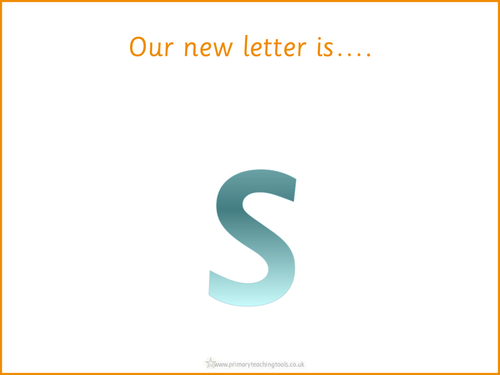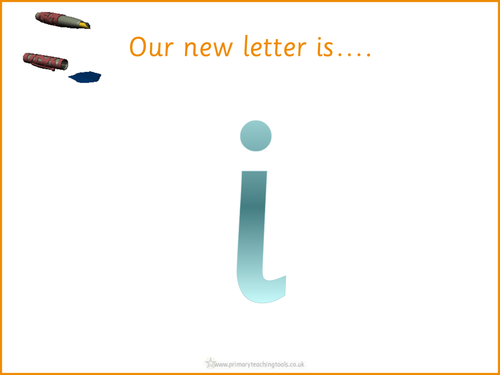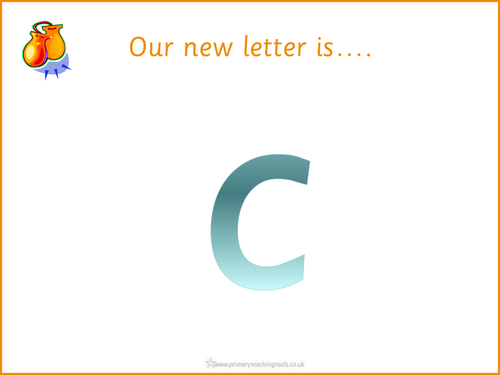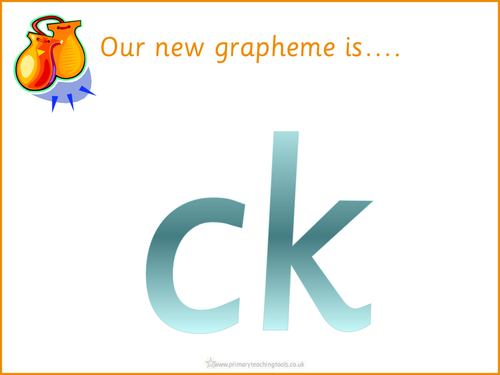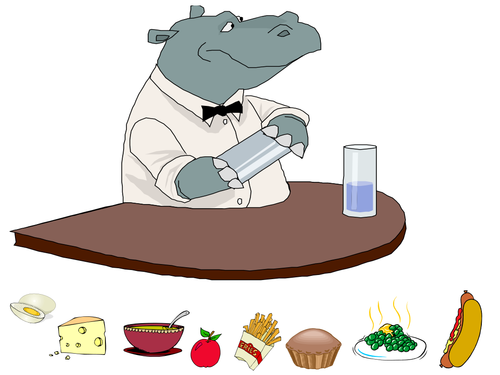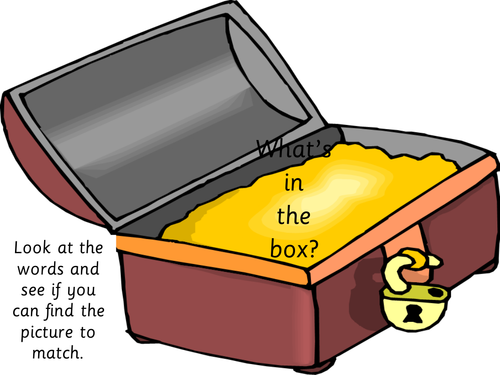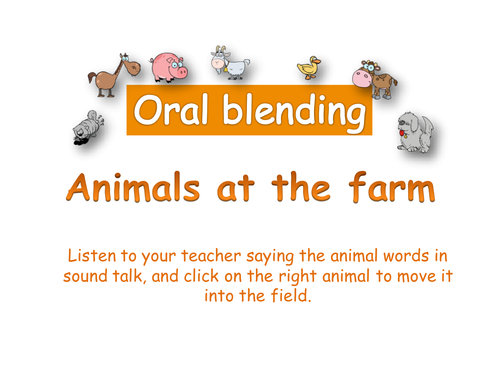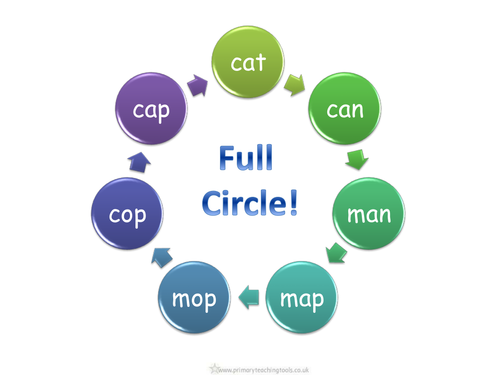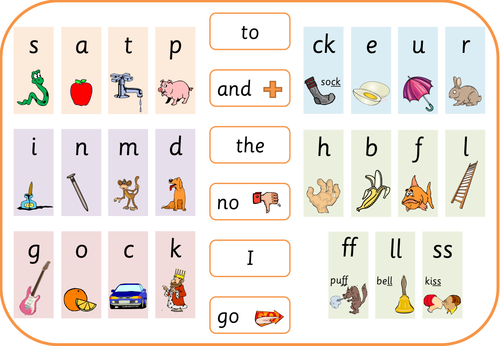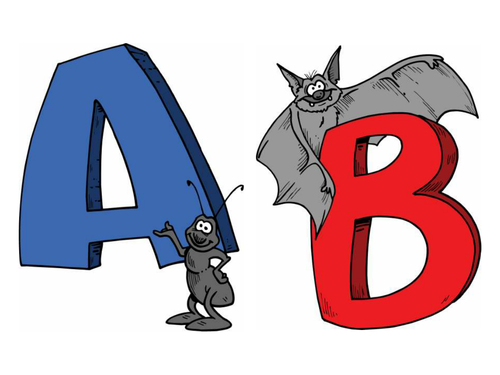
404Uploads
1070k+Views
682k+Downloads
English

Phase 2 Letters and Sounds phonic resources: set 1 letters- s a t p - powerpoint introductions
There is one powerpoint for each new letter. Each introductory powerpoint:
Introduces the new letter, shows a picture mnemonic, demonstates correct letter formation then reinforces it with an initial sound game.
Also in the pack:
A powerpoint showing each letter in the set with a picture to help the children remember the sound;
A set of letter flashcards of all letters learnt so far
A 'what begins with....' game where the children have to select an object that begins with the specified letter.

Phase 2 Letters and Sounds phonic resources: set 2 letters- i n m d - powerpoint introductions
There is one powerpoint for each new letter. Each introductory powerpoint:
Introduces the new letter, shows a picture mnemonic, demonstates correct letter formation then reinforces it with an initial sound game.
Also in the pack:
A powerpoint showing each letter in the set and previous sets with a picture to help the children remember the sound;
A set of letter flashcards of all letters learnt so far
A 'what begins with....' game where the children have to select an object that begins with the specified letter.

Phase 2 Letters and Sounds phonic resources: set 3 letters- g o c k - powerpoint introductions
There is one powerpoint for each new letter. Each introductory powerpoint:
Introduces the new letter, shows a picture mnemonic, demonstates correct letter formation then reinforces it with an initial sound game.
Also in the pack:
A powerpoint showing each letter in the set and previous sets with a picture to help the children remember the sound;
A set of letter flashcards of all letters learnt so far
A 'what begins with....' game where the children have to select an object that begins with the specified letter.

Phase 2 Letters and Sounds phonic resources: set 4 letters- ck e u r - powerpoint introductions
There is one powerpoint for each new letter. Each introductory powerpoint:
Introduces the new letter, shows a picture mnemonic, demonstates correct letter formation then reinforces it with an initial sound game.
Also in the pack:
A powerpoint showing each letter in the set and previous sets with a picture to help the children remember the sound;
A set of letter flashcards of all letters learnt so far
A 'what begins with....' game where the children have to select an object that begins with the specified letter, plus a powerpoint showing words ending in 'ck'

Phase 2 Letters and Sounds phonic resources: set 5 -h b f ff l ll ss - powerpoint introductions
There is one powerpoint for each new letter. Each introductory powerpoint:
Introduces the new letter, shows a picture mnemonic, demonstates correct letter formation then reinforces it with an initial sound game.
Also in the pack:
A powerpoint showing each letter in the set and previous sets with a picture to help the children remember the sound;
A set of letter flashcards of all letters learnt so far
A 'what begins with....' game where the children have to select an object that begins with the specified letter

Letters and Sounds phonic resources: Phase 2 letters display and activities
A range of resources to print for reinforcing sets 1-5 letters.

Phase 2 Letters and Sounds phonic resources for oral segmentation
4 activities to give children oral practice of segmenting phonemes. There is a powerpoint and an accompanying printable sheet for each activity.

Phase 2 Letters and Sounds phonic resources: What's in the box activity pack
2 powerpoint 'What's in the box' activities, plus word and picture cards to use in practical games.

Phase 2 Letters and Sounds phonic resources: Blending for reading & sound buttons
There are 3 different sets of powerpoint resources:
The first set displays the picture, then each letter in the word appears (without sound buttons)
The second set displays the picture, then each letter in the word appears (with sound buttons)
The third set shows just the word which is underlined with sound buttons.
Each file is organised into words the children will know when they have encountered individual sets of Phase 2 letters.

Phase 2 Letters and Sounds phonic resources for oral blending
4 activities to give children oral practice of blending phonemes into words they are familiar with. There is a powerpoint and accompanying printable sheet for each activity.

Phase 2 Letters and Sounds phonic resources: Full circle powerpoints and display
6 presentations/ printable files showing full circle words.

Phase 2 Letters and Sounds phonic resources: Segmenting for spelling resources
4 interactive powerpoints that can be used for spelling activities.

Phase 2 Letters and Sounds High Frequency Words
PowerPoints:
Introduction to tricky words - shows each tricky word with animated sound buttons
Tricky word flashcards
Match the tricky words
Practise writing tricky words - the children are shown the word, then it is hidden whilst they write it, and it can be revealed to check their words.
Decodable HF words - flashcards.
Phase 2 decodable words - 43 pages, organised into letter sets.
Practise writing Phase 2 decodable words - the children are shown the word, then it is hidden whilst they write it, and it can be revealed to check their words.
Printable (pdf):
Three sets of words – decodable high frequency words; general decodable words and tricky words

Phase 2 Letters and Sounds Captions
There are 3 types of powerpoints - some just display the caption and images, one shows 3 captions to match to a picture and the other shows 3 pictures to match to a caption.
The pdf files can be printed for display and activities.

Letters and Sounds Phase 2 word / help mats
There are 3 versions of the mat:
One with pictures, tricky words and straight k and f
One with pictures, tricky words and curly k and f
One with no pictures

Letters and Sounds Phase 5 word / help mats
The picture grapheme/word mat is to aid in the teaching and learning of further graphemes, and learning to read tricky words in phase 5. A pictorial example of each sound is shown with the letters to help children remember the graphemes. Also on the word mat are previous tricky words, which can be decoded in Phase 5, and the 11 tricky words for children to read in Phase 5.
The second word mat contains the alternate spellings for phonemes on page 144 of the Letters and Sounds document.

Phase 3 Letters and Sounds phonic resources: Graphemes ar or ur ow - activity pack
Each introductory powerpoint introduces the new grapheme; shows a mnemonic and a game where the children have to select the correct object to match the words.
Also in the pack:
A powerpoint showing each grapheme in the set with a picture to help the children remember the sound;
A set of grapheme flashcards
What's in the Box games
Full Circle - car
Writing words activities
Matching words and pictures

Phase 3 Letters and Sounds phonic resources: Graphemes ai ee igh oa oo activity pack
Each introductory powerpoint introduces the new grapheme; shows a mnemonic and a game where the children have to select the correct object to match the words.
Also in the pack:
A powerpoint showing each grapheme in the set with a picture to help the children remember the sound;
A set of grapheme flashcards
What's in the Box games
Matching/sorting games
Full circle light 7 letter fans
Writing words activities

Phase 3 Letters and Sounds phonic resources: Consonant graphemes ch sh th ng activity pack
Each introductory powerpoint introduces the new grapheme; shows a mnemonic and a game where the children have to select the correct object to match the words.
Also in the pack:
A powerpoint showing each grapheme in the set with a picture to help the children remember the sound;
A set of grapheme flashcards
What's in the Box games
Buried Treasure games - printed and interactive
Sorting games
Full circle ship and song
Letter fans
Treasure chest and bin
Writing words activity
Captions and sentences

Alphabet activities - powerpoints, display and activity pack
This set is useful to reinforce upper case letters. The alphabet song powerpoint does not contain music, but can be used to sing along to.

